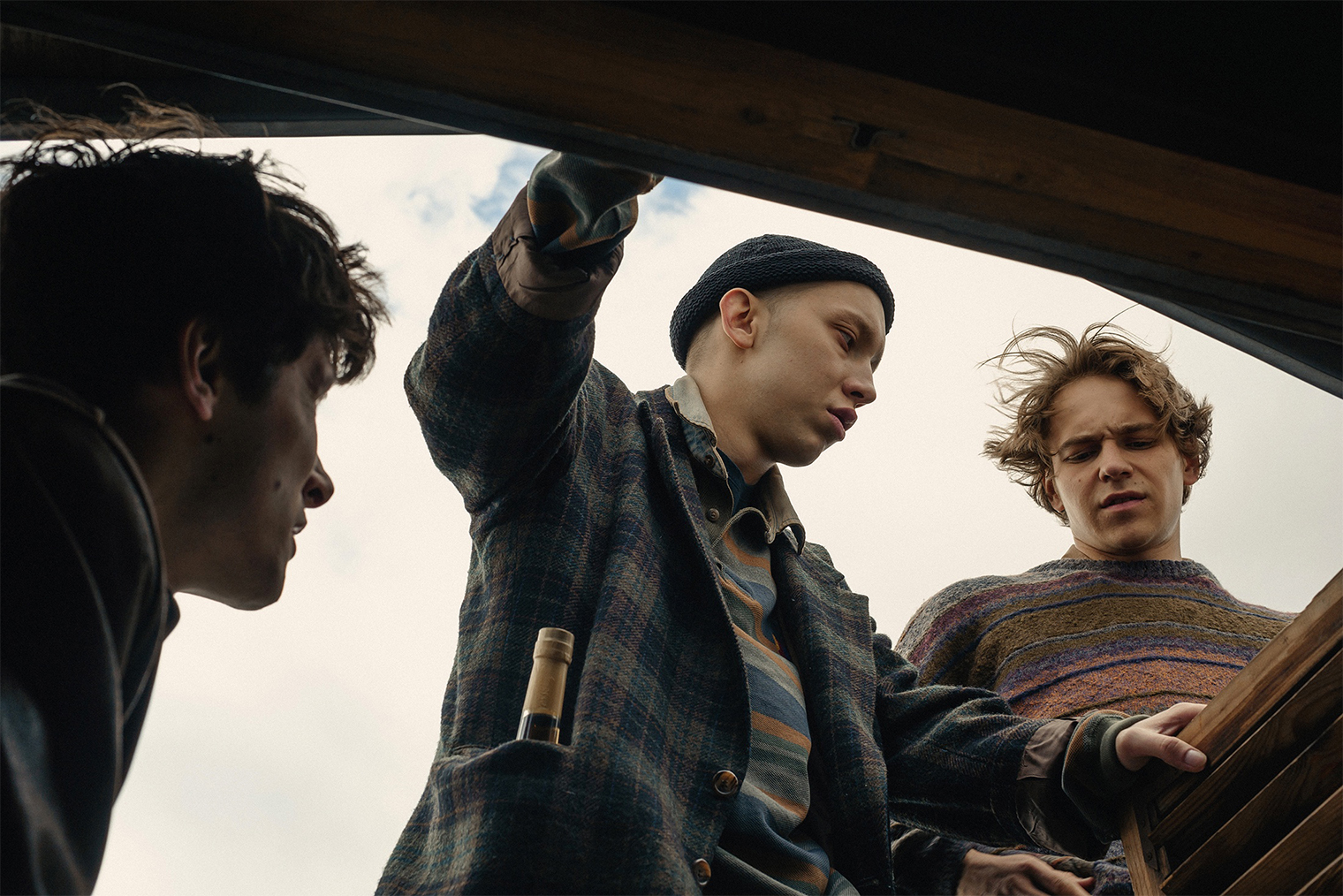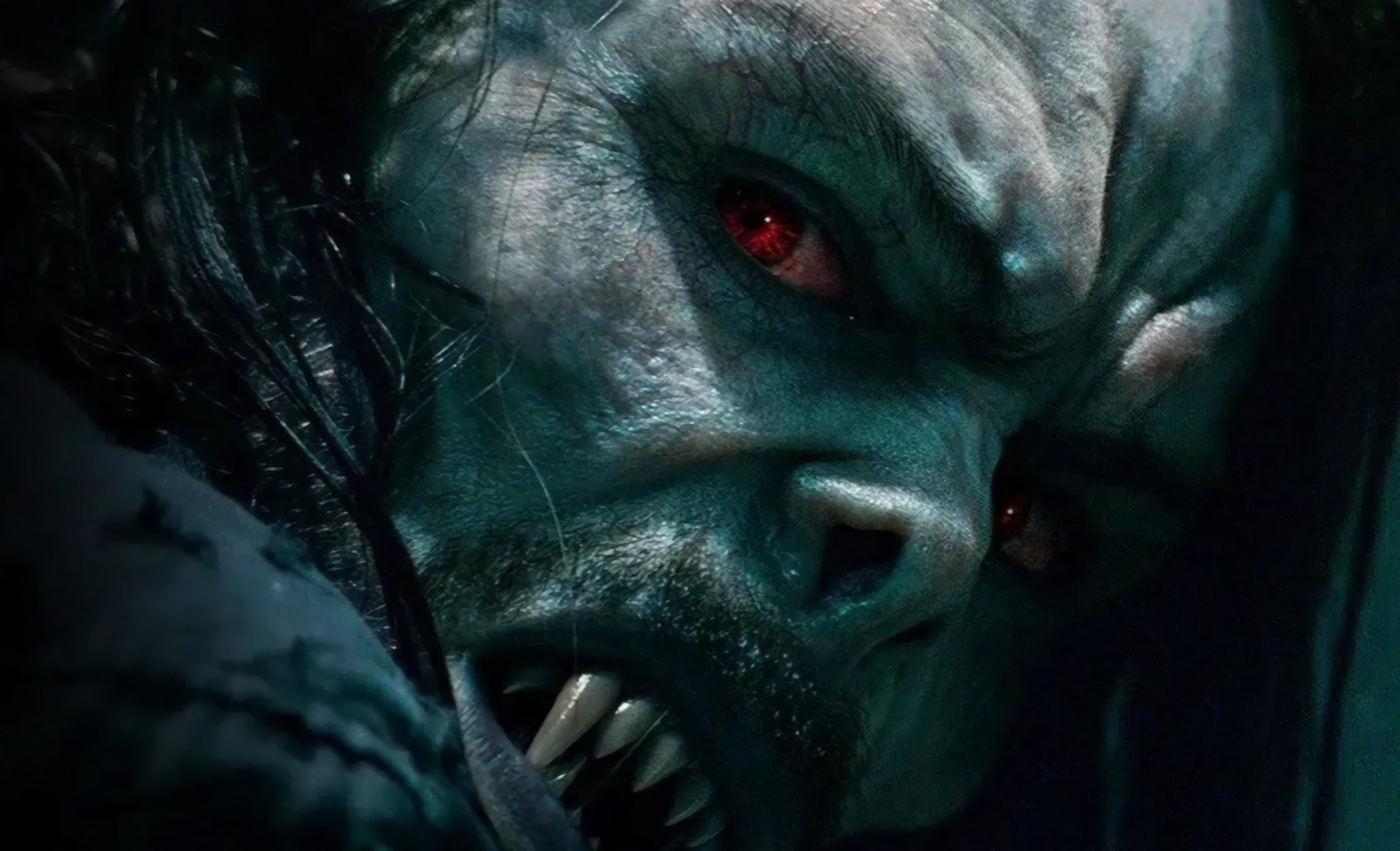Not long ago, the newest series “Children of Change” from the authors of “Fisher” was released on streaming services.
The project promised to become almost a new word in the genre of crime drama, immersing viewers in the chaotic 1990s. However, having watched the first three episodes, I’m not yet sure whether he managed to live up to these ambitions.
We have already watched the first three episodes and are eager to share our impressions. Spoiler: the writers can’t decide whether Children of Change should be a dark fairy tale, a social drama or a crime epic.
It’s somewhere between a crime saga and a family drama.

What is the series about?: Yura, Ruslan and Peter are half-brothers.
Their mother is a trolleybus driver
Flora is a partner to those who are unlike each other, keeps a loving family, and it seems that a brother is ready to give his life for his brother. But it’s 1995, the smell of sharp profit is in the air, underground clubs are opening and life-and-death showdowns are taking place in the courtyards.Everyone, under Flora’s leadership, had their own friends and their own secrets. Against the backdrop of decaying cultural centers and closing factories, Flora’s family is falling apart.
At first glance, the plot of “Children of Variables” does not go beyond the usual clichés of the genre: the heroes suddenly find themselves in the criminal world, faced with moral dilemmas, and trying to find themselves in a period of chaos. However, unlike the straightforwardness of “The Brigade” or the emotional transparency of “The Boy’s Word,” this category refers to multi-layeredness (and so far does not handle it well).

The plot develops slowly, with an emphasis on internal conflicts of character. Petya, one of the main characters, is torn between the tough world of crime and his unexpected passion for opera singing. Other characters – the charismatic librarian Rodion and the young policeman Victor – complete the picture with more unobvious lines.
Despite the richness of its themes, the series so far amplifies the dynamics by spending too much time on minor details. Instead of loading the viewer during the tragedy, it goes into an almost snotty melodrama, although the result starts in the first episode.
There were too many 70s, 80s and 90s.

The 90s became one of the most popular periods for Russian cinema. The era of crime, social change and culture shock still arouses interest. “Children of Change” tries to go beyond the standard perception of time through the details of everyday life – the market, abandoned buildings, a trolleybus – but at the same time there is excessive stylization.
The authors seem to simultaneously want to document the era and show its symbolic interpretation. Looks extremely strained. One moment you are watching a nostalgic VHS tape, and in the next frame you are trying to impose mysticism through “Greek tragedies” and reinterpreted myths. At such moments, the series seems too overcomplicated, which does not suit its face at all and looks, at the very least, stupid.
There are the stars of “A Boy’s Word” here, but they don’t pull it off either

The cast of “Children of Change” is diverse. Slava Kopeikin (Petya) does a good job portraying a controversial hero, but his performance sometimes seems constrained, especially in scenes with dramatic intensity. Lev Zulkarnaev (Rodion) brings lightness and humor, which contrasts with the dark atmosphere of the game. However, Rodion, although memorable and figurative, is too caricatured.
Sofya Lebedeva and Kuzma Kotrelev, playing minor characters, create more impressive images. An outstanding, honest policeman who faces corruption in the system. His line shows potential for a deeper exploration of the topic, but so far it remains on the periphery and it is unclear what it will lead to.
Visual is the strong point of the project

One of the most striking aspects of Children of Change is its visual style. Dmitry Karnachik, the cameraman of the series, skillfully creates the atmosphere of the era: peeling walls of cultural centers, gray courtyards, half-empty markets, spacious and not very “Khrushchev” buildings. Every detail is thought out, and this inspires confidence. The visuals sometimes draw out scenes that apply elsewhere.
However, excessive “nostalgia” for the 90s sometimes turns into an end in itself. From time to time it feels like the series is more interested in stylization than in understanding the time and conveying that very spirit. This causes a feeling of detachment and prevents immersion in the world of heroes.
Musical accompaniment is another strong point of the game. The addition of modern synth tracks is bold, although not always appropriate. This also includes the original music by Igor Vdovin, which helps connect different eras, but which sometimes relies on the backdrop of bright furniture references to the 90s.
The series is unlikely to become as hype as “The Boy’s Word,” but it has potential.
“Children of Change” is a project that clearly limits itself compared to its predecessors. However, the desire to say a lot at once leads to a fragmented narrative and an overload of references. If the authors manage to balance the plot and characters in subsequent episodes, the project has a chance to capture a large audience.
For now it remains an interesting, but not very complete experiment.
Unlike the same “Brigade”, he lacks emotional involvement. And compared to the series “The Boy’s Word,” the series seems too “refined” and a little detached. Perhaps this is the main thing that prevents “Children of Change” from fully realizing their potential.
Source: Iphones RU
I am a professional journalist and content creator with extensive experience writing for news websites. I currently work as an author at Gadget Onus, where I specialize in covering hot news topics. My written pieces have been published on some of the biggest media outlets around the world, including The Guardian and BBC News.











